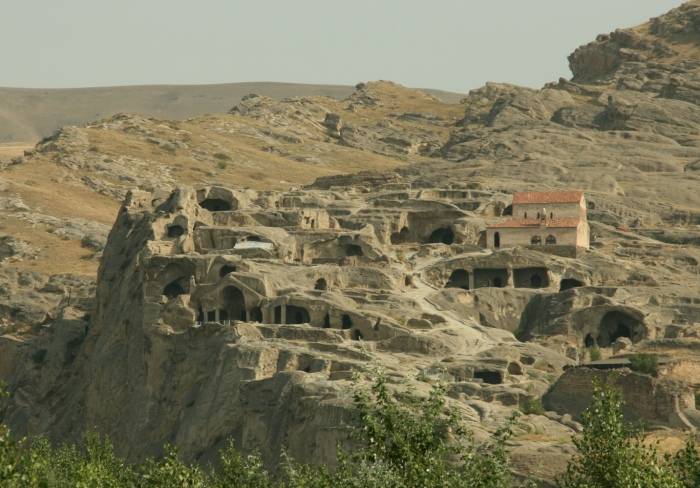Uplistsikhe is a fascinating historical site carved into rock formations in central Georgia. It stands as a testament to human ingenuity and early urban development. The antiquity of Uplistsikhe reaches back to the Early Iron Age, becoming a major political and religious center from the 9th century BC. Visitors can explore an array of structures, from a grand hall, ancient theater, to rock-cut chambers that once buzzed with life. The town provides a unique window into the diverse cultures and influences that thrived along the ancient Silk Road.
Ancient Georgians
The ancient Georgians, who inhabited the region of the South Caucasus, have a history dating back to the early Iron Age. Their land, known historically as Colchis and Iberia, falls within the boundaries of modern-day Georgia. These early societies are known particularly for their rich traditions, metalwork, and the cultivation of wine, which is believed to date back thousands of years. Ancient Georgian kingdoms are often mentioned in classical literature, including the Greek myth of Jason and the Argonauts’ quest for the Golden Fleece, which is a testament to the region’s reputation for wealth and skilled artisans.
Throughout their history, the ancient Georgians developed distinct cultures with their own languages and scripts, such as the early Georgian script known as Asomtavruli. They established powerful kingdoms that managed complex socio-political structures, and the kingdoms often interacted with major empires like the Romans and Persians, influencing their cultural and political development. Despite facing numerous invasions over the centuries, ancient Georgian states managed to preserve their identity and autonomy, ultimately leading to the formation of the unified Georgian monarchy in the early medieval period. The legacy of the ancient Georgians remains deeply ingrained in Georgia’s vibrant culture and societal structures.

